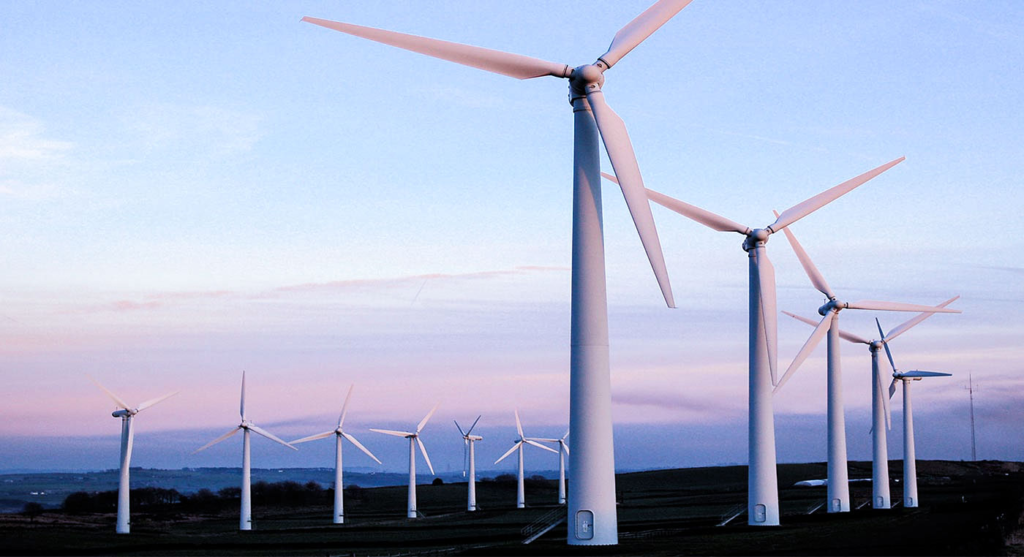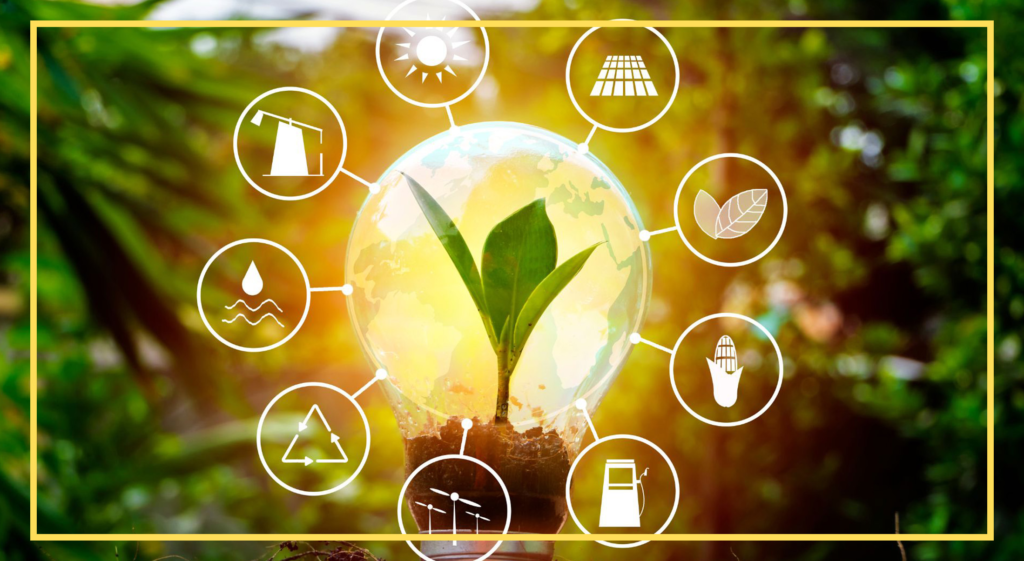The United States is at a pivotal moment in its energy journey. With growing climate concerns, economic pressures, and global competition, the U.S. has significantly ramped up its investment and innovation in renewable energy. From high-efficiency solar panels to ultra-modern wind farms, America is leading technological breakthroughs that could define the next century of energy.
Let’s explore how the U.S. is shaping the future of renewable energy, and why the world is watching.
Massive Growth in Renewable Energy Adoption
In the past decade, the U.S. has made impressive strides in clean energy deployment. According to a 2024 report by the U.S. Energy Information Administration (EIA), nearly 22% of the country’s electricity now comes from renewable sources—more than double the share in 2010. Solar and wind energy are the fastest-growing contributors, with support from both public and private sectors.

Federal incentives such as the Inflation Reduction Act have provided tax credits for renewable projects, while local governments are encouraging green infrastructure. This policy backing has led to billions of dollars being poured into renewable innovation, especially solar and wind.
Solar Energy: From Rooftops to Mega Projects
The solar industry in the U.S. has seen an explosive rise in both residential and utility-scale installations. In states like California, Texas, and Florida, solar energy has become a major power source.
New innovations are also making solar power more accessible and efficient. Perovskite solar cells, a next-generation material, promise higher efficiency and lower costs compared to traditional silicon cells. U.S. startups and research centers are racing to commercialize this technology.
Meanwhile, projects like the Gemini Solar Project in Nevada aim to generate enough electricity to power over 260,000 homes. Such mega-projects show that America is serious about scaling solar energy to meet national demands.
Wind Power: Offshore and Onshore Booms
Wind energy is another sector where the U.S. is pushing the boundaries of possibility. The country is currently the world’s second-largest wind power producer, only behind China. But with major new offshore wind projects, the U.S. is closing that gap.

The Vineyard Wind project off the coast of Massachusetts is the first commercial-scale offshore wind farm in the U.S. Once operational, it will power over 400,000 homes, reduce carbon emissions, and create thousands of jobs.
Innovations in floating wind turbines are also expanding wind power possibilities in deeper waters, especially along the Pacific Coast. These advanced designs are unlocking locations previously considered impossible for wind farms.
Battery Storage and Grid Modernization
One of the biggest challenges with renewable energy is its intermittent nature. The U.S. is addressing this through large-scale battery storage systems and smart grid solutions.
Companies like Tesla and Fluence are developing massive battery farms to store excess solar and wind energy. These systems help balance supply and demand, reducing the need for fossil fuel-based backup power.
The Department of Energy’s Grid Modernization Initiative is another key effort. It focuses on integrating renewables with AI-driven grid management, making the national grid more flexible and reliable.
The Rise of Green Hydrogen
Besides solar and wind, the U.S. is making significant investments in green hydrogen—a fuel made from water using renewable electricity. Green hydrogen can store energy for long periods and is ideal for industries like shipping, aviation, and steelmaking.

The Biden administration has committed $8 billion to create a national hydrogen network, known as the Hydrogen Hub Initiative. This investment could position the U.S. as a global leader in clean hydrogen technology.
Jobs and Economic Impact
The growth of renewable energy in the U.S. is also creating millions of new jobs. According to the U.S. Bureau of Labor Statistics, the two fastest-growing jobs in America are wind turbine technician and solar photovoltaic installer.
These roles don’t just support clean energy—they offer new career paths in rural and underserved communities. By investing in green energy, the U.S. is building a resilient, future-ready economy.
Challenges Still Remain
Despite progress, the U.S. faces several hurdles in its clean energy mission. Transmission infrastructure is outdated in many areas, and political disagreements at the state and federal levels can delay key projects.
Additionally, balancing energy equity and environmental justice—especially in frontline communities—requires long-term commitment and clear strategies.
But with a united push from industry, academia, and government, these obstacles are being addressed one by one.
Global Leadership in Climate Innovation
Perhaps the most significant impact of America’s renewable energy efforts is its influence on the global stage. Through international partnerships and technology exports, the U.S. is helping other nations transition to clean energy.
Organizations like the Clean Energy Ministerial and Mission Innovation are platforms where the U.S. shares best practices and funds joint projects with countries worldwide.

By combining cutting-edge innovation with practical action, the U.S. is not just transforming its own energy landscape—it’s shaping the future of global sustainability.
Final Thoughts
The transformation underway in the United States shows that clean energy is not just an environmental issue—it’s a strategic national priority. Through bold investments, scientific innovation, and collaboration, the U.S. is positioning itself at the center of the renewable energy revolution.
If the momentum continues, the world could soon look to the U.S. not just as a superpower, but as a clean energy leader.
Also read – Best 4 U.S. Cities Are Leading the Smart Tech Revolution





